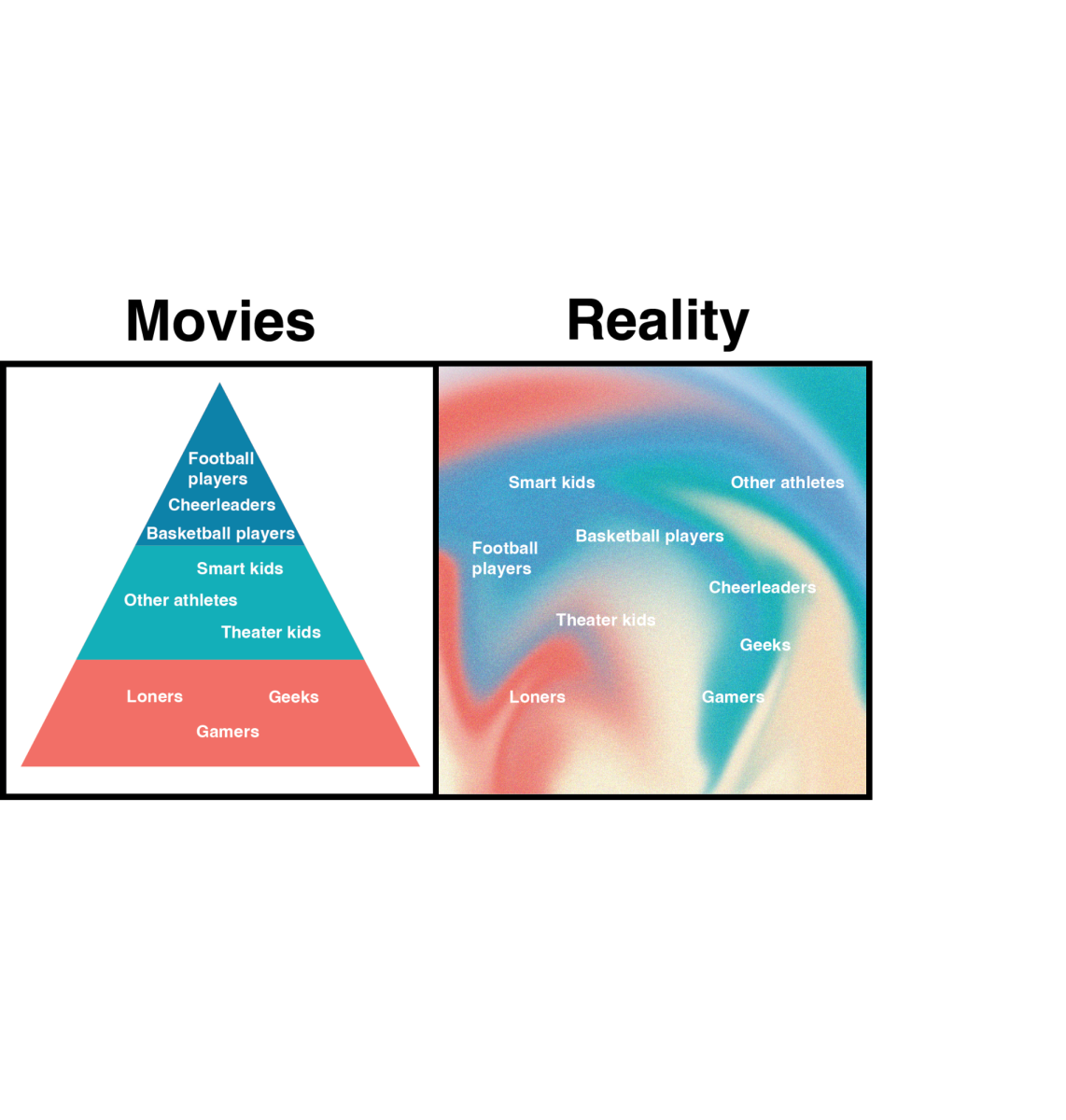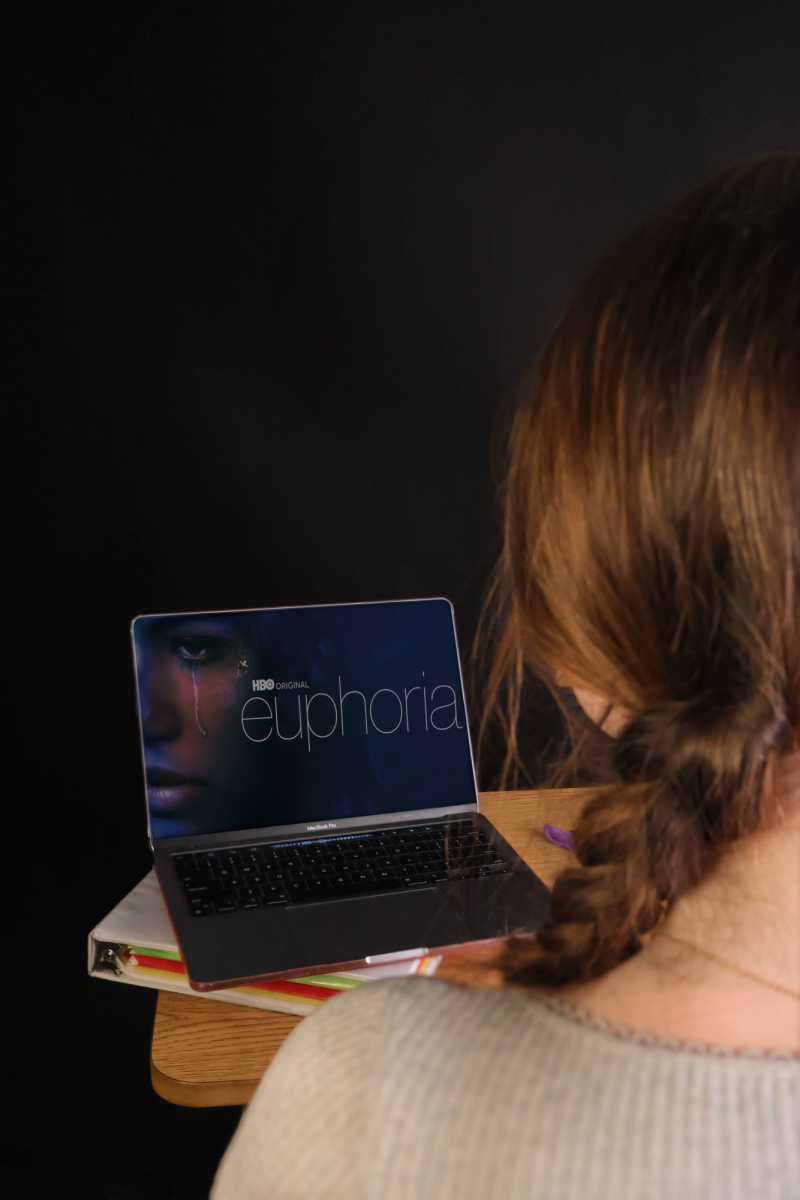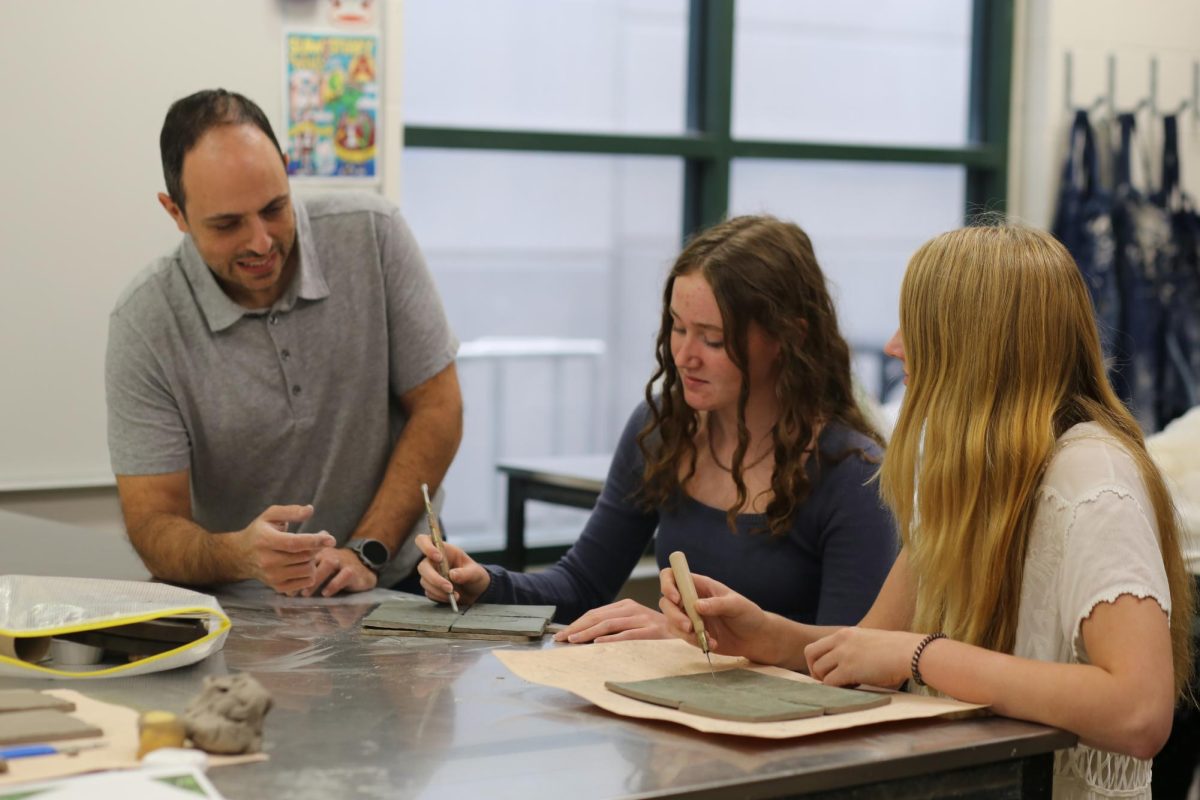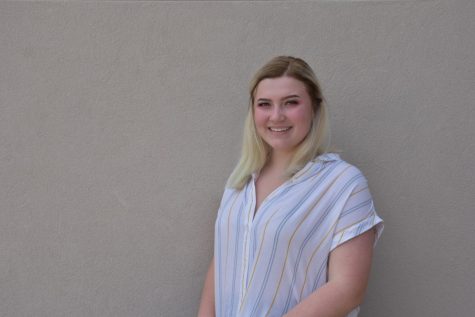
Social Media is a place where millions of teens share their lives every day, creating a platform of self-expression and interesting information. Although it was created to be enjoyable, allowing people to connect with others, it’s often been portrayed as unrealistic: showing only the desirable aspects of people’s lives. While there is a group of social media users who don’t feel ashamed to post whatever they want, many people believe that they have to present themselves as perfect online.
For the few who are able to overlook the prospect of judgement or stress from social media, using it is fun. It’s a lot of fun to post a picture of a favorite food or a collection of memories with friends, and not having to worry about what to post makes social media simple. However, when social media is a major cause of stress, it can be difficult picking what to post, or to even post at all.
In recent years, a new section of social media has risen in popularity: second accounts.Second accounts go by multiple names, such as spam or “finsta” on Instagram, which is a mashup of the words “fake” and “insta.” These accounts are usually casual and the account owners often don’t feel ashamed to open up or complain on them.
“I feel more comfortable on my spam,” sophomore Alysia Garcia said. “Only my close friends follow me and I don’t have to worry about my photos being great.”
Having an outlet where one can speak their mind can be beneficial, as it can create a safe space for students who are worried about opening up to the entire world.
Often, follower counts are much more restricted on second accounts than on primary larger accounts, where a lot of students allow people they don’t personally know to follow them. Students usually only let their close friends into their spams, eliminating the stress of having to post to an unknown or large audience.
“If I have a photo I wouldn’t put on my main account, I don’t feel bad about posting it on my second account,” Garcia said.
Although social media can create a corner where students feel safe about posting, there are always drawbacks to using the internet. The audience must be taken into consideration. Even if the follower account is small, information can be easily passed along through screenshots.
For example, a student could make a joke on their personal account with the intention to only share it with their close friends. However, another person who follows the account could take a screenshot of the joke and send it to others who could criticize it. Even though what the student said was harmless, people who don’t know the student could take it in the wrong way and begin to scrutinize them.
Another criticism of second accounts is that they imply that people are too afraid to be themselves on their other accounts.
“The idea that we have multiple accounts because we are portraying multiple versions of ourselves is an issue that goes beyond social media and enters into our own identities and ethical principles,” Social Media and Ethics teacher Natalie Galed said.
It’s often said that individuality is important, and students are told to express themselves in order to show what makes them unique. Although being one-of-a-kind should be positive, many young people are terrified of being judged or ridiculed by their peers. People have turned to second accounts to be who they want to be, leaving the perfect view of them on their primary account.
Although second accounts are beneficial for some and create a positive environment, there are students who use these accounts to post photos and videos of them making bad decisions, which could harm them in the future. Although students shouldn’t feel ashamed to be themselves on the internet, especially if they have photos of themselves interacting with the community around them, a line needs to be drawn when they are endangering how they are viewed by the public.
Not only does social media affect present day, but it also impacts student’s futures, whether that be towards college or a future job. Some universities look to social media to look for individuality in their future applicants. If a student is often seen liking or reposting posts that aren’t appropriate for school, it reflects negatively upon them and can lead admissions officers into believing that the student is not a good fit for the school. However, most admissions officers see social media as a positive thing which can showcase what makes a student a valuable part of their community. According to an article published by CNN on February 10, 2017, showing self-expression on an account usually helps an applicant rather than hurt them.
The safety of social media varies between each platform. On Instagram, photos stay up forever, unless deleted. This makes it easier for posts to be screenshotted and shared. From a one-on-one standpoint, Snapchat provides the user with much more privacy, due to the users’ ability to send information to as many or as few people as they wish. And though there are dangers when it comes to the internet, these apps serve as safe space for many.














